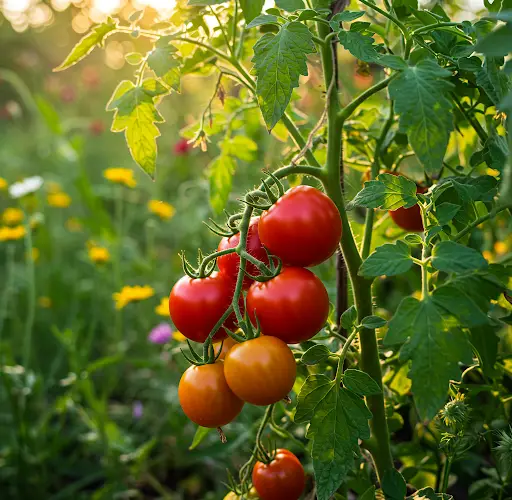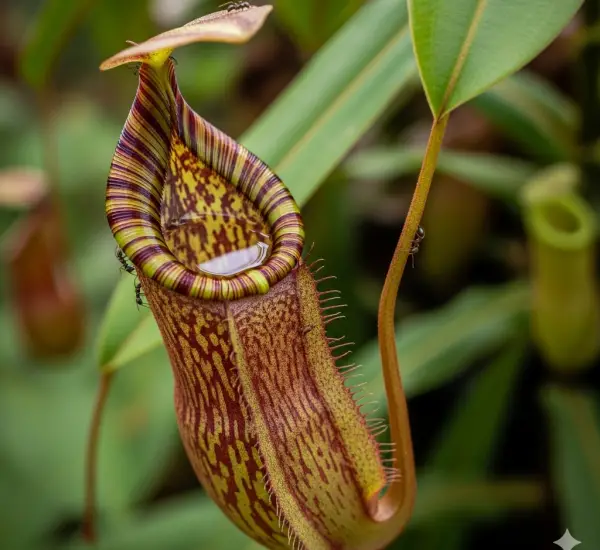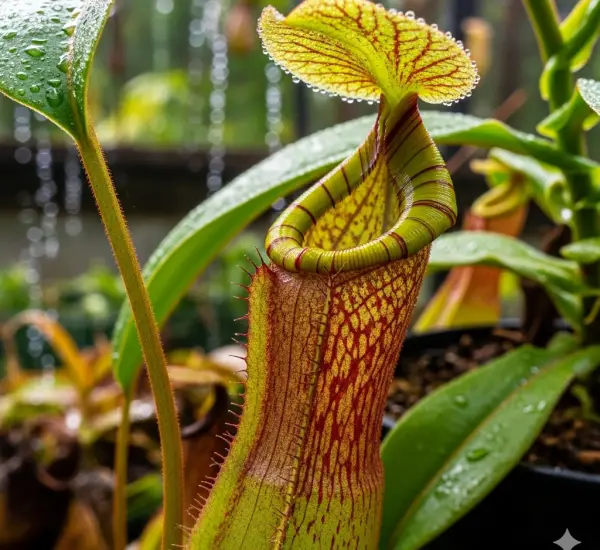The Optimal Time for Planting Tomatoes Outdoors
For successful tomato cultivation in open fields, choosing the right planting time is crucial. The optimal period for planting tomatoes outdoors is typically in May, although some early varieties can be planted earlier. Tomatoes are highly sensitive to low temperatures, so it is essential to ensure that the risk of frost has passed before transplanting them. The key factors for successful tomato growth include high-quality seedlings, well-prepared fertile soil, and adequate irrigation.
Crop Rotation and Soil Preparation
Tomatoes should be grown in crop rotation, meaning their planting location should change each year to maintain soil fertility and reduce the risk of pests and diseases. Ideally, tomatoes should not be planted in the same spot for at least four years. This practice helps improve yields and minimizes disease-related losses.
Proper soil preparation is essential before transplanting tomato seedlings. The soil should be well-drained, rich in organic matter, and have a pH level between 6.0 and 6.8. Adding compost or well-rotted manure improves soil fertility, providing essential nutrients for optimal growth. Tilling the soil and incorporating organic matter before planting ensures good aeration and nutrient availability.
Selecting Tomato Seedlings and Suitable Varieties
Tomato seedlings can be obtained from professional growers, nurseries, or local markets. Alternatively, they can be grown indoors by sowing tomato seeds in seed trays or containers during winter. Once the seeds sprout and develop their first true leaves (around 20-30 days after germination), the seedlings should be transplanted into larger pots or trays to strengthen their root systems.
For best results, tomato seedlings should be about 25-30 cm tall, with at least eight leaves and a sturdy stem before they are transplanted outdoors in late April or early May.
Some popular outdoor tomato varieties include:
- Apple Tomato – Known for its large, juicy fruits and rich flavor.
- Amati – A high-yielding variety with good disease resistance.
- Oxheart (Beefsteak) Tomato – Large, heart-shaped tomatoes with a meaty texture.
- Cherry Tomato – Small, sweet tomatoes ideal for salads and snacking.
How to Plant Tomatoes
When planting tomatoes, the depth of planting should be around 10 cm or more, depending on the size of the seedlings and root system. Proper spacing is also essential for good air circulation and disease prevention. The recommended row spacing is about 1 meter, with plants spaced 50-70 cm apart within the row, depending on the variety.
Steps for Planting Tomatoes:
- Dig a hole about 10-15 cm deep for each seedling.
- Water the hole before planting to ensure the roots have immediate access to moisture.
- Place one seedling into each hole and cover the roots with soil.
- Press the soil gently around the base of the plant for stability.
- Water the seedlings again immediately after transplanting.
- Provide support for the plants by staking them with wooden or metal stakes.
Caring for Tomato Plants
Staking and Support
Since tomato plants can grow up to 1.5 meters in height, they require support to prevent bending or breaking under the weight of their fruits. Stakes should be placed near the plants, and the stems should be tied loosely with twine or fabric strips to allow natural growth.
Watering and Feeding
Tomatoes require consistent watering, especially during hot summer months. It is best to water them deeply at the base rather than overhead to prevent fungal diseases. Applying a layer of mulch around the plants helps retain moisture and suppress weeds.
Tomatoes respond well to organic fertilizers, such as compost, manure, or natural plant-based liquid feeds. Supplementing with mineral NPK fertilizers (Nitrogen, Phosphorus, and Potassium) throughout the growing season ensures robust growth and fruit development.
Pruning and Disease Control
Regular pruning, especially of lower leaves and suckers, promotes better airflow and reduces the risk of fungal infections. Removing the lower leaves that touch the ground prevents soil-borne diseases from spreading to the plant.
Common tomato diseases include:
- Late Blight (Phytophthora infestans) – Causes dark spots and wilting leaves.
- Black Spot Disease – Affects leaves and fruit, leading to early decay.
- Gray Spot Disease – Causes leaf yellowing and reduces yield.
- Sooty Mold Leaf Disease – Develops in humid conditions and weakens plants.
To protect tomato plants, organic growers often use Bordeaux mixture (a combination of copper sulfate and lime). However, excessive use can pollute soil and water sources, so it should be applied carefully.
Environmental Factors Affecting Tomato Growth
Tomatoes are susceptible to extreme weather conditions. High summer temperatures combined with excessive rainfall can negatively impact their health. Moisture retention in the soil can cause fungal infections, beginning with the lower leaves and progressing to the fruits.
Heavy rain following prolonged heat can also cause tomatoes to crack, making them prone to rot. To mitigate these risks, regular monitoring and timely removal of affected leaves are essential.
Harvesting and Storing Tomatoes
Tomatoes ripen progressively throughout the summer. Harvesting should be done as soon as the fruits reach their full color and firmness. It is advisable to check plants daily during peak ripening periods to prevent overripe fruit from spoiling.
Since tomatoes often ripen simultaneously in large quantities, excess produce can be preserved by making homemade tomato juice, sauce, or drying them for later use.
Conclusion
Growing tomatoes outdoors requires careful planning, from seedling selection and soil preparation to planting, staking, and disease prevention. By following best practices such as crop rotation, proper watering, and organic fertilization, gardeners can enjoy a bountiful harvest of fresh, healthy tomatoes. Despite challenges posed by weather conditions and pests, maintaining a proactive approach to plant care ensures successful tomato production throughout the growing season.




